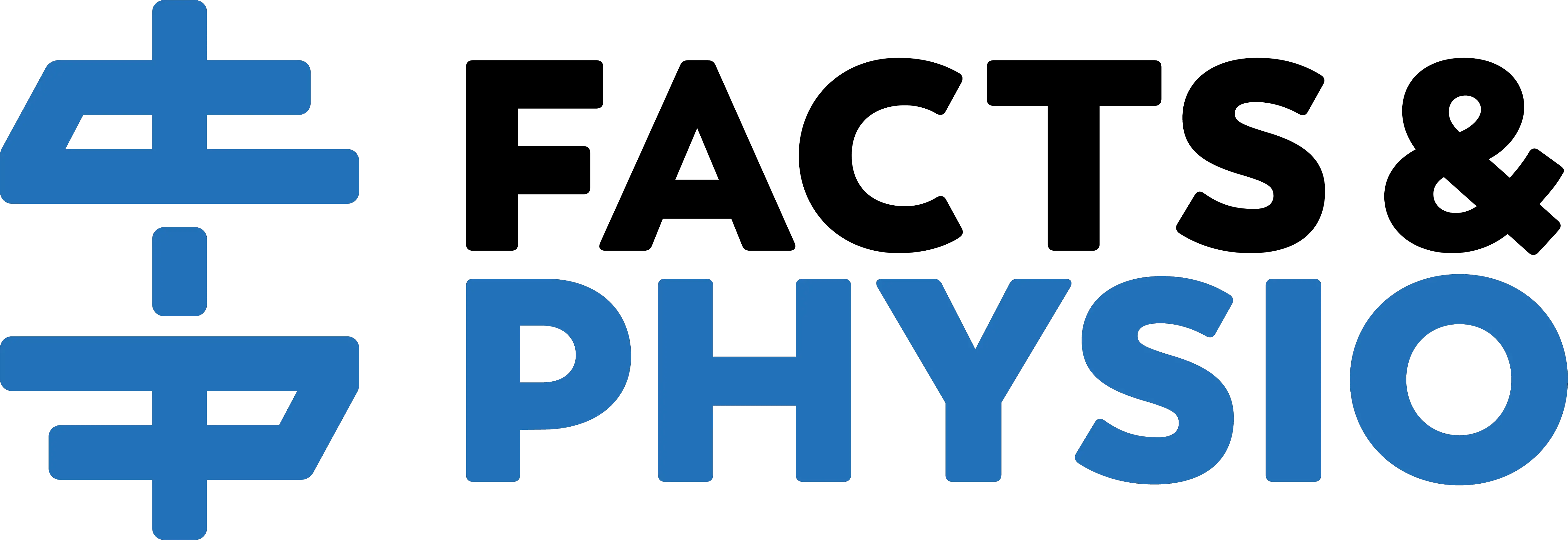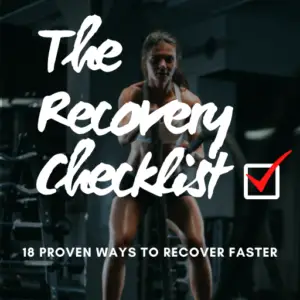Does “no pain, no gain” work for injuries? How much should physical therapy hurt?
Two Types of Physios
Pain is a controversial topic in the physical rehabilitation world.
On one extreme, many well-meaning physical therapists focus all their treatments on pain relief.
On the other extreme, some physios adopt a “no pain, no gain” mentality and make physical therapy hurt. These physical therapists (or “physical terrorists” as their clients call them) strive to inflict pain during rehab.
Let’s examine when to avoid pain and the best times to embrace pain during rehabilitation.
To start, consider this simple and controversial question: If flexing the spine hurts, should you avoid it or do it more?

When to Avoid Pain
Avoiding pain promotes tissue healing. For example, if you have a stress fracture in your foot, running long miles is a bad idea.
Likewise, if your back muscles spasm after bending and lifting a heavy box, lifting more heavy boxes isn’t the immediate solution. (Although deadlifts are an unexpectedly effective treatment for mild to moderate low back pain.)
When low back pain is sensitive to flexion (bending forward) – which is extremely common – it’s unwise to keep flexing. In fact, moving the opposite direction often creates immediate pain relief.
This is the basis for McKenzie back pain exercises, part of a proven treatment system many physios trust for spine pain relief. Find the spine’s preferred movement (directional preference) and repeat this movement consistently for a faster recovery (Long 2008).
Besides stress fractures and flexion-sensitive back pain, shoulder impingement recovery is another instance where pushing through pain is counterproductive.
In my personal and professional experience, training through shoulder pain tends to inflame and exacerbate the pain, prolonging the healing process.
When Pain is Productive
Quite often, pain is a normal component of the rehab process. Extreme pain is not. Here are a few examples:
Tendon pain, like patellar and quadriceps tendon pain, Achilles tendon pain and golfer’s elbow, requires “just right” loading to recover.
Too much load will exacerbate the problem. Too little load (i.e. complete rest) weakens the tendon and surrounding musculature.
How much load is “just right”? Tendon rehab experts advise working into mild pain, 4/10 or less.

It’s the same principle for muscle strains. A 2020 study found that injured hamstrings regained muscle strength faster when physical therapy hurt a little bit. Training through light pain (up to 4/10) was more effective than pain-free rehab.
Pain location provides a valuable clue for spine pain – particularly for cervical radiculopathy and sciatica.

Pain moving towards the spine – called centralization – is an excellent prognostic indicator for radiating spine pain (Long 2008). Finding the centralizing movement is the key exercise for sciatica relief.
Movement is usually beneficial after an acute musculoskeletal injury, even if it’s a little uncomfortable.
Expect mild to moderate discomfort if you’re regaining lost motion via low load, long duration stretching – typically prescribed for frozen shoulder, rotator cuff repair or knee replacement rehab (in concordance with the surgeon’s rehab protocol).
So what about spinal flexion? You probably flex (forward bend) your spine a lot. Like when you sit slouched, put your socks on and load the dishwasher. Flexing more probably won’t help your back pain.
However, spinal flexion stretches are incredibly powerful for pushing through pain-related fear. If you fear (and avoid) spinal flexion, a common feature of chronic back pain, flexing the spine is akin to exposure therapy – a proven strategy to overcome fear of movement.
The Verdict
So should physical therapy hurt?
A select few injuries heal faster with a pain-avoidance strategy, but working into light discomfort usually accelerates recovery.
However, rehabbing into extreme pain is rarely necessary or productive. Possible exceptions include stretching an ultra-stiff joint and much-needed trigger point dry needling.
For more on this topic, see Is It Safe to Train Through Pain?
For more expert recovery tips, join the free Facts & Physio Newsletter. Plus, get The Recovery Checklist when you sign up.

